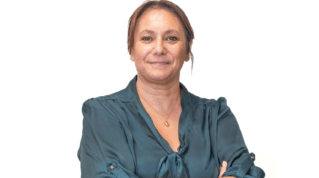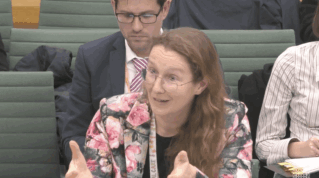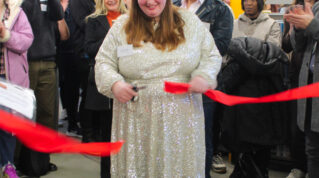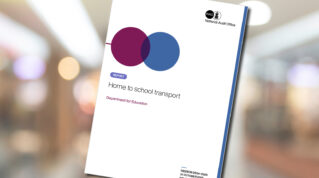Anticipation and trepidation surround the government’s forthcoming white papers on SEND reform. DfE has been unusually quiet, with only its adviser Dame Christine Lenehan’s indication of substantial changes to Education, Health and Care Plans (EHCPs) filtering through. What’s clear is a significant push on ‘inclusion’. Ofsted will include an ‘inclusion’ judgement for educational settings from the Autumn, and numerous committees and panels have been convened to develop inclusion as the key to solving the SEND crisis.
Yet, ‘inclusion’ is a loaded word and a difficult concept to discuss, primarily due to our inability to agree on a shared definition. The term can sound a lot like acceptance, and who wouldn’t want to be accepted for who they are? But if that acceptance leads to a loss of support, or disruptive change in provision, this seemingly positive concept loses its meaning for young people and their families.
The term ‘inclusion’ is complex because it lacks a shared definition. For some, it is place-based (all children and young people in the same school or college), while for others, it is needs-based (all needs met in the most appropriate setting). However, to truly understand and implement inclusion from a system perspective, we must actively seek and integrate voices from every part of that system, especially where success is already evident. Policymakers, in their attempts to define and implement inclusion, are ironically creating exclusive panels and taskforces with a distinct lack of lived experience, and no specialist setting or FE leaders on these crucial bodies.
These omissions carry significant risks, undermining the very goal of true inclusion:
- Throwing the baby out with the bathwater by overlooking what already works well in our current system, particularly the successes found in the FE sector.
- Being exclusive in the thinking around inclusion by focusing solely on a narrow, place-based idea (i.e., everyone in a mainstream school or college), rather than valuing the diverse pathways and expertise of specialist settings.
- Failing to genuinely hear from children, young people, and their families about what they truly need and aspire to. Without their voices, the system remains predicated on assumptions rather than realities.
First, let’s address the exclusion of the FE sector. Consider this: 90 per cent of young people with an EHCP attend a mainstream further education setting, with just 10 per cent on roll with a specialist setting. In contrast, 41 per cent of children and young people with an EHCP attend a special school or setting. Why is it that a much greater proportion of young people with EHCPs are successfully integrated and progressing within mainstream FE settings? The broader FE sector already shows effective models of support and inclusion for young people with varied and complex needs. To convene a national inclusion group without significant representation from the FE sector is not merely an oversight; it’s a missed opportunity to genuinely understand where inclusion is already thriving and how those lessons can be scaled across the system.
Next, the conspicuous absence of voices from specialist settings. This can’t be solely about mainstream school placement; true inclusion means ensuring every young person, regardless of their needs, can thrive and lead a fulfilling adult life beyond their education. Leaders of special schools and specialist colleges understand the young people they support and the ways in which other settings might adapt to meet more of their needs. Without their insights, the ultimate goal appears to be simply everyone attending a mainstream setting, potentially at the expense of individual need. There will always be a need for specialist settings for young people with the most unique needs; they’re an essential part of a truly inclusive system. Specialist settings have always worked alongside their mainstream counterparts to improve understanding and share expertise. As mainstream settings develop their capabilities, specialist settings continue to specialise, working with greater complexity. We need to support this collaboration, not stifle it.
Perhaps most importantly, the lived experience of young people with SEND and their families is vital. We need to understand their experience of a system which remains predicated on failure. Real inclusion is about feeling valued and understood in a setting, and then having agency in decisions that affect their future. It is about an equitable system that adapts to their needs, rather than expecting them to fit into a pre-defined mould, and one where their unique contributions are recognised and celebrated.
We invite policymakers and expert panels to engage with the full breadth of experience across the SEND sector, particularly within specialist and FE settings, because these voices offer unparalleled insights into effective practices and truly person-centred support. By doing so, we can collaboratively build a truly equitable and effective SEND system.
















Your thoughts